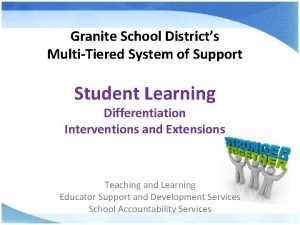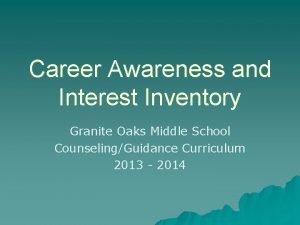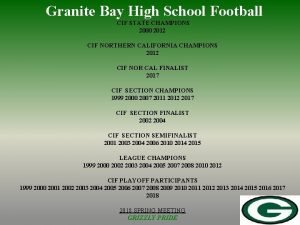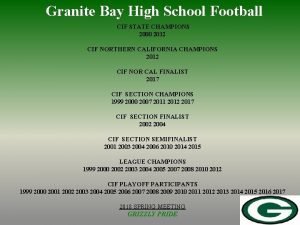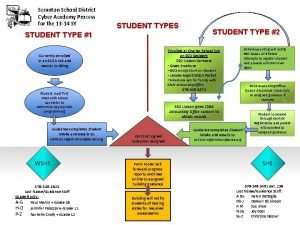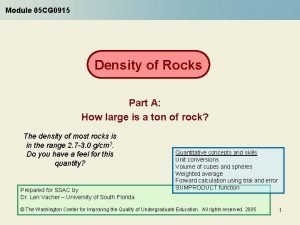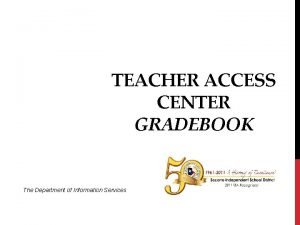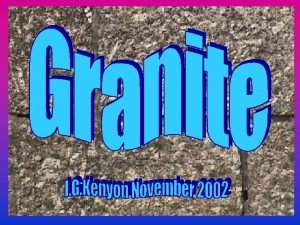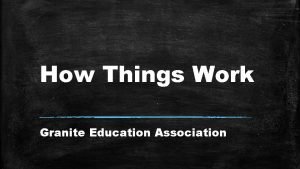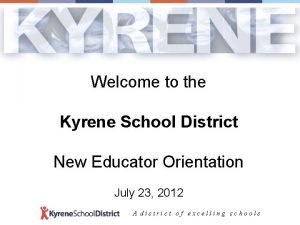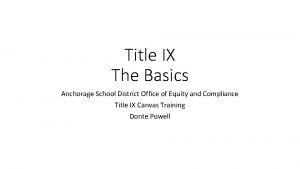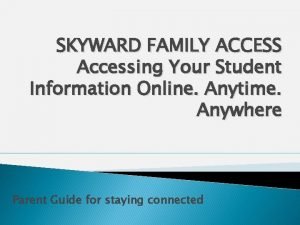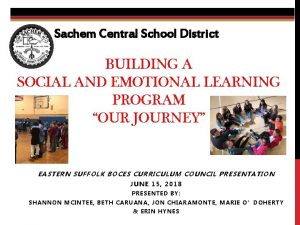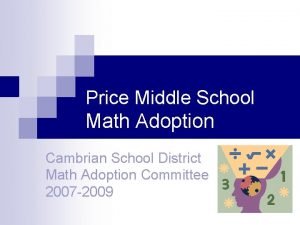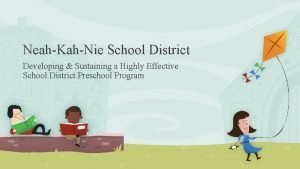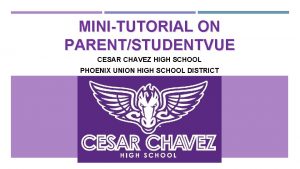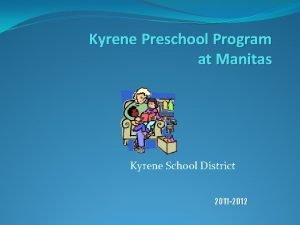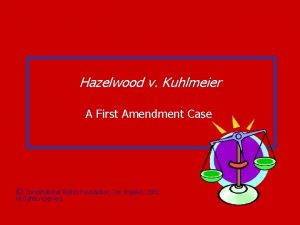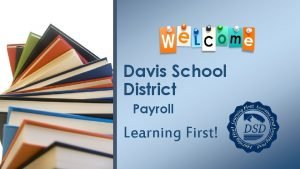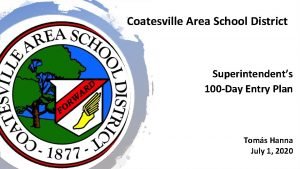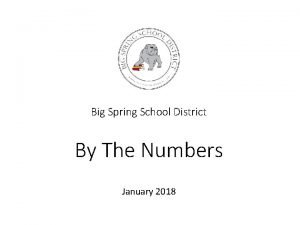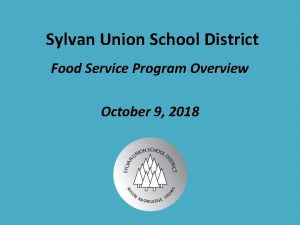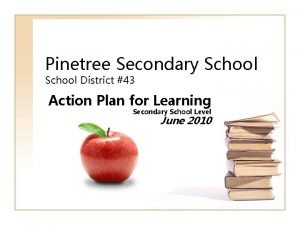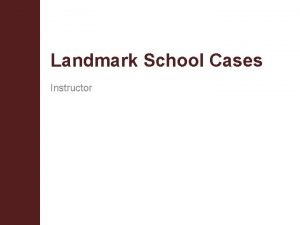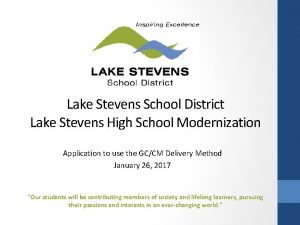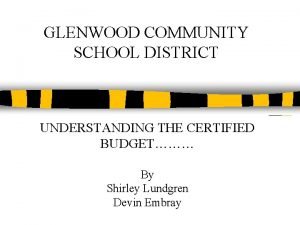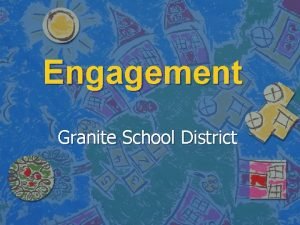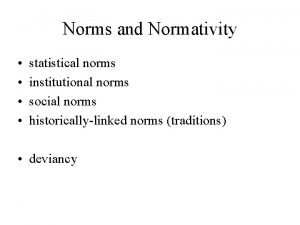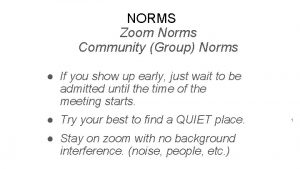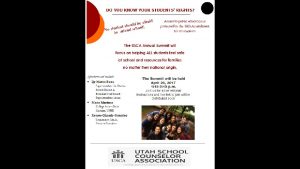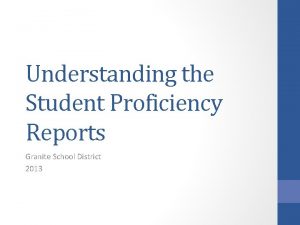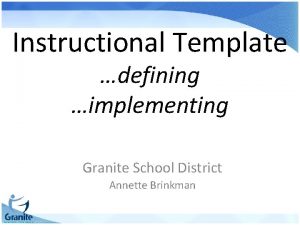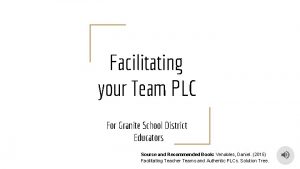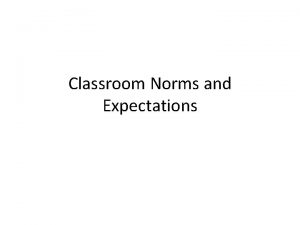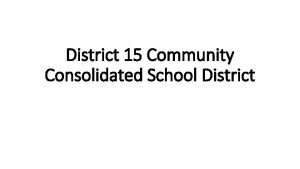Engagement Granite School District Norms Norms n Watch


![Learning Task: Warm-Up n Think of a lesson you taught today [or this week]. Learning Task: Warm-Up n Think of a lesson you taught today [or this week].](https://slidetodoc.com/presentation_image_h2/04a2a000aa7d68c3dbdd11b1ec6681d9/image-3.jpg)







































































- Slides: 74

Engagement Granite School District

“Norm’s” Norms n Watch own airtime: how often and how long you speak. n Give space/time for those who have not spoken. n Suspend personal agenda.
![Learning Task WarmUp n Think of a lesson you taught today or this week Learning Task: Warm-Up n Think of a lesson you taught today [or this week].](https://slidetodoc.com/presentation_image_h2/04a2a000aa7d68c3dbdd11b1ec6681d9/image-3.jpg)
Learning Task: Warm-Up n Think of a lesson you taught today [or this week]. n Share your lesson with a partner.

Take a look at this class? “OH MY GOODNESS!!” (How did this teacher KNOW her students ____)



WE RESERVE THE RIGHT TO REFUSE SERVICE TO ANYONE! (Ever want to put this on your door? )

Your Lesson Sequence n Keep the form on your work space where you can keep referring to it. n Add Definitions when given n When directed list what you did during your lesson.

Let’s Start n Think back to the lesson you described earlier. n What was your OBJECTIVE? n To define: What will students be able to do that they couldn’t do before you taught this lesson? n What was your POSTED lesson objective?

Let’s Define Direct Instruction Guided Practice Up front, teacher directed, lecture Teacher directed practice (partner or group) Independent Practice When Finished INDEPENDENT practice (seat work) What do I do when done? What is the next task to keep engaged? Fast finishers?

Learning Task: Teacher Habits for Engagement Think of your lesson. What did you do and what did your students do during Direct Instruction?

Direct Instruction • Who did most of the work during your direct instruction lesson? • What percentage of students do you want engaged during direct instruction? (benchmark 80%)

Attention Span Age + or – Two minutes!


The “elephant” in the room… Every student deserves to make a year’s growth. Who’s responsibility is this?

“Active Engagement Stems” Take 2 minutes to read and see the “big picture. ”

Questioning • • • Engagement (90 – 100% Response Rate) Assessment (5% Response Rate) Open (30 – 40% Response Rate) • During Direct Instruction, the teacher uses: 70% ENGAGEMENT Questions 30% ASSESSMENT Questions

Is it possible … That during instruction, a student could sit in your class and NEVER answer a question or be called upon… and have it be OK? ?


Assessment (Average: 5% respond) n One student/one response. n Raise of hand – calling on one child. n “Deyanne, who are the main characters? ”


Open Questions (Average: 30 -40% respond) n “Fishing” for an answer” n Students don’t know how to respond. n Question asked usually with no wait time – whoever wants to answer responds. n “Who are the main characters?

Discuss at your table: What percentage of kids in your class respond when you ask an OPEN question? And … who are they?

Engagement (Average: 90% respond) n Response method given before the question. “Show me (finger count) how many characters are in the story. ” “Whisper to your neighbor the main characters the story. ” n Physical cue to think and then chorally respond.

What percentage of students do you want to be ACTIVELY ENGAGED during Direct Instruction?

So, what is the difference between ACTIVE & PASSIVE?


Ponder … How are you doing when it comes to active engagement during direct instruction?

Name That Question n. Open (1) n. Assessment (2) n. Engagement (3)

Question #1: Who is the main character in the text? Open

Question #2: Tim, what is the answer to number seven? Assessment

Question #3: “Whisper to your neighbor: How did you get your answer to number 5. ” Engagement

Engagement/Questioning Practice Guide n Label each question as open, assessment or engagement. n If it is an open or assessment question, change it to an engagement question or request.

Engage THEN Assess Numbered Heads together – Who was the MOST conflicted character in the story and why? 2. Group Member 3, prepare to answer. 3. Group 7, Member 3 what is your answer? 1.

Assessing for HIGHER Engagement n n n Dice Grid Names on popsicle sticks Hat (randomizer) Selector Tools (Kagan) Other ideas ? ?

Ponder … Is “LISTENING” an “action verb” to describe what your students will do during direct instruction? How do you know?

Ponder … Is “LISTENING” an “action verb” to describe what your students will do during direct instruction? How do you know? Listening is a PASSIVE activity.

“Now is the time that we must choose between what is right and what is easy!” -Albus Dumbledore


Arrange these strategies from least impact (at top) to greatest impact (at bottom) with respect to their capacity to foster engagement. Average Retention Rates practice by doing discussion group demonstration teach others audio-visual lecture reading

Lecture Engagement Strategies Impact

Lecture Reading Engagement Strategies Impact

Lecture Reading Audio Visual Engagement Strategies Impact

Lecture Reading Audio Visual Demonstration Engagement Strategies Impact

Lecture Reading Audio Visual Demonstration Practice By Doing Engagement Strategies Impact

Lecture Reading Audio Visual Demonstration Practice By Doing Discussion Engagement Strategies Impact

Lecture Reading Audio Visual Demonstration Practice By Doing Discussion Teach Others Engagement Strategies Impact

n Have you ever “taught” a lesson and then turned your kids loose for independent practice with the question, “do you have any questions? ” Suddenly you have 80% of hands in the air. The other 20% don’t know you asked the question… n Direct Instruction and Guided Practice are where you build the foundation (background knowledge) for Independent Practice.

Let’s Define Direct Instruction Guided Practice Up front, teacher directed, lecture Teacher directed practice (partner or group) Independent Practice When Finished INDEPENDENT practice (seat work) What do I do when done? What is the next task to keep engaged? Fast finishers?

Guided Practice What is Guided Practice? As you read, mark: √ Got it ! Wow! Want to do it! ? Question(s), need more information


“Jerry” and Guided Practice n What was missing in his direct instruction? – Content? – Classroom Management? n What about Guided Practice? – Did Direct Instruction provide enough background knowledge to move into Guided Practice? – How did the teacher ASSESS the students were ready to move to Guided Practice

An Example of Guided Practice “Mr. Lake will split you into groups of 4”

Round #1 Person #1: write down the equation. Person #2: factor the quadratic. Person #3: solve each factor [set = to 0] Person #4: write the answer in the form of 2 points. Person #1: sketch the graph of the quadratic.

Round #2 Person #2: write down the equation. Person #3: factor the quadratic. Person #4: solve each factor [set = to 0] Person #1: write the answer in the form of 2 points. Person #2: sketch the graph of the quadratic.

There has been no teaching this year in Mr. Larson’s classroom. There has been learning, but there has been no teaching. There is a teacher in the classroom, but he does not teach. The Landry News Page 10

Dear Dr. Barnes … We know our child is only in 2 nd grade this year, but please be sure he is NOT put in Mr. Larson’s class for 5 th grade … Still someone had to be in Mr. Larson’s class … The Landry News Page 2

Guided Practice Look back at your “Engagement Strategies Impact” Pyramid. What would some of Lecture these high impact Reading strategies look like Audio Visual during guided Demonstration practice? Practice By Doing Discussion Teach Others

Let’s Define Direct Instruction Guided Practice Up front, teacher directed, lecture Teacher directed practice (partner or group) Independent Practice When Finished INDEPENDENT practice (seat work) What do I do when done? What is the next task to keep engaged? Fast finishers?

Independent Practice n Do your kids know what to do academically and behaviorally during Independent Practice? n Are procedures in place for students to signal you that they need help, etc. , ? n What habits do YOU need during independent practice?

The Big 8 n Take a look at the Big 8. n Circle the THREE skills necessary to make Independent Practice more productive for your students.


Let’s Define Direct Instruction Guided Practice Up front, teacher directed, lecture Teacher directed practice (partner or group) Independent Practice When Finished INDEPENDENT practice (seat work) What do I do when done? What is the next task to keep engaged? Fast finishers?

When Finished: If I don’t have something to do … will I find something to do? Will it be productive?

“The Most Difficult Time” from: You Can Control Your Class Begin to read Read until the signal is given and Do Something: Ask a ? Note a surprise Announce objection(s) Make connection(s) when signal is given

Think Time: n Bring to mind your most difficult class. n On average, are they: actively engaged? somewhat engaged? “ACTIVE” but not at all engaged?

House Story

An elderly carpenter was ready to retire. He told his employercontractor of his plans to leave the house-building business and live a more leisurely life with his wife enjoying his extended family. He would miss the paycheck, but he needed to retire. They could get by.

The contractor was sorry to see his good worker go and asked if he could build just one more house as a personal favor after all these years. The carpenter said yes, but in time it was easy to see that his heart was not in his work anymore. He resorted to shoddy workmanship and used inferior materials. It was an unfortunate way to end a dedicated career.

When the carpenter finished his work the employer came to inspect the house. He handed the front-door key to the carpenter.

“This is your house, ” he said, “My gift to you!”

The carpenter was shocked! What a shame! If he had only known he was building his own house, he would have done it all so differently.

So it is with us. We build our lives, a day at a time, often putting less than our best into the building. Then with a shock we realize we have to live in the house we have built. If we could do it over, we’d do it much differently. But we cannot go back.

You are the carpenter. Each day you hammer a nail, place a board, or erect a wall. Life is a do-ityourself project. Your attitudes and the choices you make today, build the “house” you live in tomorrow. Build wisely!
 Granite school district calendar
Granite school district calendar Granite teacher support
Granite teacher support Granite grade book
Granite grade book Jones center granite school district
Jones center granite school district Granite oaks middle school
Granite oaks middle school Granite bay grizzlies football
Granite bay grizzlies football Granite bay football
Granite bay football Lodi summer school
Lodi summer school Iswk uniform
Iswk uniform Scranton school district cyber school
Scranton school district cyber school Engagement strategies for high school students
Engagement strategies for high school students Rhyolite
Rhyolite Granite and pumice
Granite and pumice Granite density
Granite density 3 main characteristics of metamorphic rocks
3 main characteristics of metamorphic rocks Minerals in granite
Minerals in granite Senior center scottsdale
Senior center scottsdale How can a large block of granite form layers like an onion
How can a large block of granite form layers like an onion Gradebook granite
Gradebook granite Does water conduct electricity
Does water conduct electricity Cristallisation fractionnée
Cristallisation fractionnée Tors in geography
Tors in geography Segmentation du foie
Segmentation du foie Granite education association
Granite education association Granite classification of matter
Granite classification of matter Granité post hemoptoique
Granité post hemoptoique Formation of soil
Formation of soil Bearings trigonometry
Bearings trigonometry Difference between rocks and minerals
Difference between rocks and minerals Rolling stone granite
Rolling stone granite Rolling stone granite
Rolling stone granite Plasterwork imitating granite or marble.
Plasterwork imitating granite or marble. Standout dare ii
Standout dare ii Kyrene school district employees
Kyrene school district employees Anchorage school district office
Anchorage school district office South kitsap school district skyward
South kitsap school district skyward Cherry hill school district+sfra
Cherry hill school district+sfra Sacramento city unified school district v. rachel h
Sacramento city unified school district v. rachel h Sachem school district
Sachem school district Schoology login puyallup
Schoology login puyallup Cambrian school district
Cambrian school district Elmira city school calendar
Elmira city school calendar Southampton township school district
Southampton township school district Elmira district secondary school
Elmira district secondary school Neahkahnie school district
Neahkahnie school district Humboldt unified school district
Humboldt unified school district Studentvue yuma district 1
Studentvue yuma district 1 Kyrene preschool
Kyrene preschool Abc unified school district
Abc unified school district V
V Hazelwood v kuhlmeier background
Hazelwood v kuhlmeier background Grand island central school district
Grand island central school district Clouds preschool etiwanda
Clouds preschool etiwanda Emmett school district bond
Emmett school district bond Davis school district payroll
Davis school district payroll Bermudian springs school district
Bermudian springs school district Coatesville area school district
Coatesville area school district Big spring school district
Big spring school district Bainbridge island school district
Bainbridge island school district Wi school district revenue limits historical
Wi school district revenue limits historical Sylvan aeries
Sylvan aeries Rankin rebels
Rankin rebels Port republic school district
Port republic school district School district 43
School district 43 Medford unified school district
Medford unified school district Sally guzman edmonds school district
Sally guzman edmonds school district Bellingham school district
Bellingham school district Abc unified school district
Abc unified school district Bethel school district #43 v. fraser (1987)
Bethel school district #43 v. fraser (1987) Lake stevens high school address
Lake stevens high school address Klump v. nazareth area school district
Klump v. nazareth area school district Council rock school district
Council rock school district Hazelwood school district boundary map
Hazelwood school district boundary map Glenwood community schools
Glenwood community schools Etiwanda clouds
Etiwanda clouds



